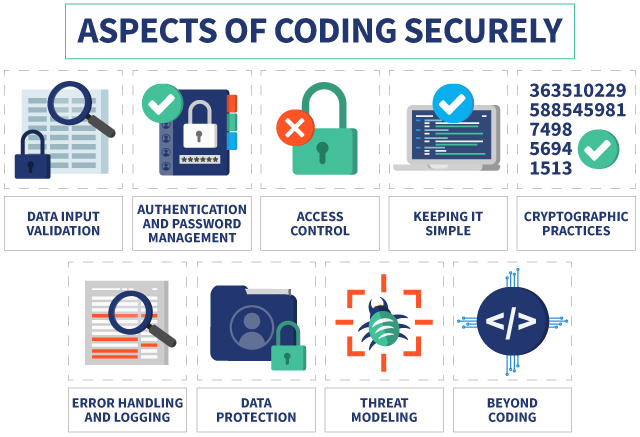
As part of a semester-long project in a secure coding course, I developed and analyzed a web application with a focus on software security. The project was split into two phases: secure development and peer vulnerability auditing.

Strengthened my ability to both build and break software—gaining hands-on experience in identifying and mitigating vulnerabilities through structured code reviews and secure development practices.